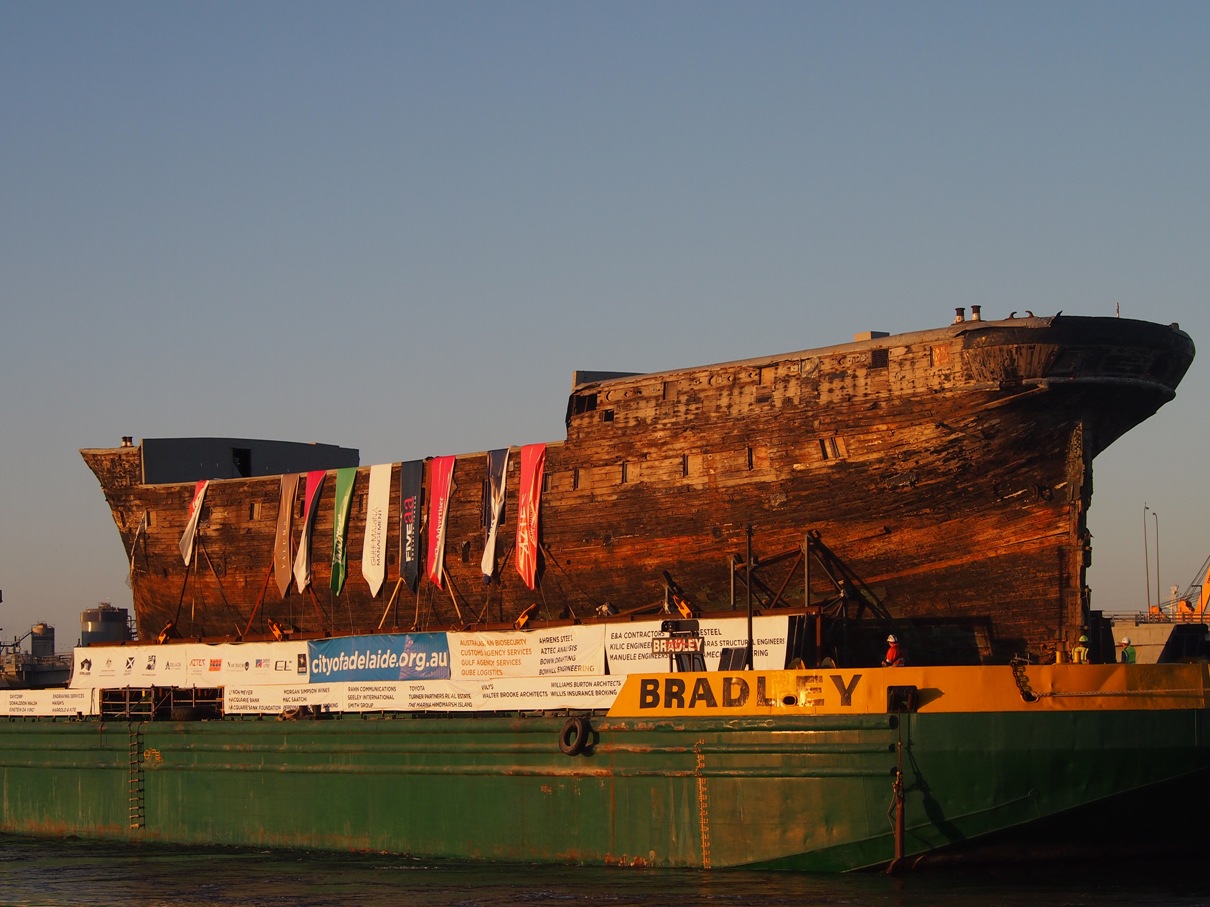City of Adelaide



International Radio Callsign: Whiskey-Charley-Lima-Quebec
The City of Adelaide is a clipper ship, built in Sunderland, England, and launched on 7 May 1864. The ship was commissioned in the Royal Navy as HMS Carrick between 1923 and 1948 and, after decommissioning, was known as Carrick until 2001. At a conference convened by HRH The Duke of Edinburgh in 2001, the decision was made to revert the ship's name to City of Adelaide, and the duke formally renamed her at a ceremony in 2013.
City of Adelaide was built by William Pile, Hay and Co. for transporting passengers and goods between Britain and Australia. Between 1864 and 1887 the ship made 23 annual return voyages from London and Plymouth to Adelaide, South Australia. During this period she played an important part in the immigration of Australia. On the return voyages she carried passengers, wool, and copper from Adelaide and Port Augusta to London. From 1869 to 1885 she was part of Harrold Brothers' "Adelaide Line" of clippers.
After 1887 the ship carried coal around the British coast, and timber across the Atlantic. In 1893 she became a floating hospital in Southampton, and in 1923 was purchased by the Royal Navy. Converted as a training ship, she was also renamed HMS Carrick to avoid confusion with the newly commissioned HMAS Adelaide. HMS Carrick was based in Scotland until 1948 when she was decommissioned and donated to the Royal Naval Volunteer Reserve Club, and towed into central Glasgow for use as the club's headquarters.
Carrick remained on the River Clyde until 1989 when she was damaged by flooding. In order to safeguard the vessel she was protected as a listed building, but in 1991 she sank at her mooring. Carrick was recovered by the Scottish Maritime Museum the following year, and moved to a private slipway adjacent to the museum's site in Irvine. Restoration work began, but funding ceased in 1999, and from 2000 the future of the ship was in doubt. After being served with an eviction notice by the owners of the slipway, the Scottish Maritime Museum was forced to seek the deconstruction of the ship on more than one occasion, while rescue proposals were developed by groups based in Sunderland and South Australia.
In 2010, the Scottish Government decided that the ship would be moved to Adelaide, to be preserved as a museum ship. In September 2013 the ship moved by barge from Scotland to the Netherlands to prepare for transport to Australia. In late November 2013, loaded on the deck of a cargo ship, the City of Adelaide departed Europe bound for Port Adelaide, Australia, where she arrived on 3 February 2014.
After arriving at Berth 18 in the Port River on 3 February, the City of Adelaide was craned from Palanpur onto the 800 tonne barge Bradley. This was a lengthy operation due to the need to "skid" the 450 tonne vessel and her 100 tonne cradle across the deck of the Palanpur between the ship's cranes before she could be off-loaded.
On the evening of 6 February she was then moved upstream to Dock 1 in Port Adelaide's inner harbour, where she will remain for 6–12 months until a final location is selected and prepared. Fletcher's Slip is for many the preferred site, but other sites such as Cruickshanks Corner and the Queens Wharf near Hart's Mill are still under consideration. A celebration for the ship's 150th anniversary was held on 17 May 2014.
On 28 September 2015 David Brown of the Clyde Cruising Club presented the bible from the SV Carrick to the current owners in Port Adelaide for display in the ship.


